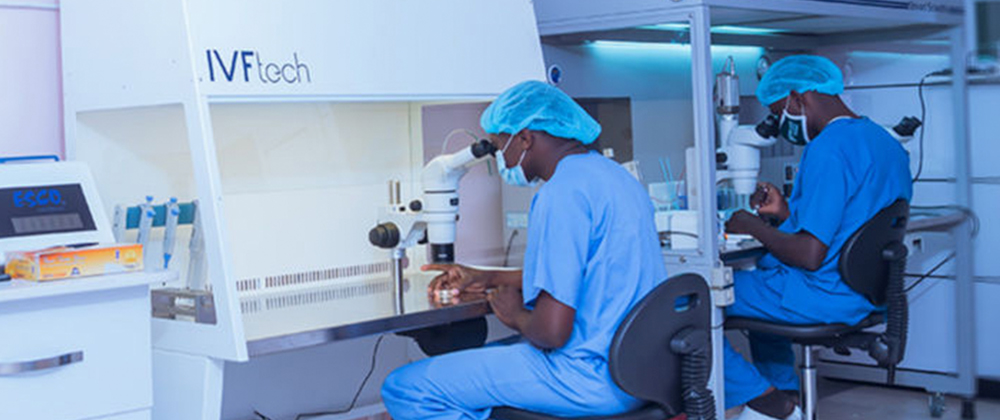
In vitro fertilization, or IVF is a method of infertility treatment in which the man’s sperm and the woman’s eggs are combined outside of the body. In general, IVF involves five steps:
For most couples, whether or not to undergo IVF is a major decision that requires them to assess many medical, emotional and financial factors. Before deciding, you may want to speak with others who have gone through the process (successfully and not), an infertility counselor, and/or a support group. These are a few of the questions to discuss with your doctor:
“The waiting rooms are filled with people whose total life is going through these programs. It was hard to juggle between working and IVF, but I’m glad I didn’t just sit there for a month, Now iam a proud Nalongo.” IVF PATIENT
Lorem ipsum dolor sit amet, consectetuer adipiscing elit. Aenean commodo ligula eget dolor. Aenean massa. Cum sociis natoque penatibus et magnis dis parturient montes, nascetur.
IVF is not a uniform treatment. To carry out a treatment cycle, several decisions must be made, including:
Make certain that you understand the impact these choices could have on your chance of pregnancy and on treatment decisions you may be asked to make later on. What additional treatments or procedures may be recommended?
Depending on your condition or your response to previous treatments, variations on IVF may be suggested. Intracytoplasmic sperm injection (ICSI) is used to increase the chance of fertilization. Instead of mixing sperm and eggs and waiting for fertilization to occur, a single sperm is injected directly into each egg.
Assisted hatching is used to increase the chance that an embryo will implant in the uterus. A small opening is created to make it easier for the developing embryo to emerge from the protective shell that surrounds it. Blastocyst transfer : Instead of transferring embryos after two or three days in the lab, they are grown to the many-celled blastocyst stage and transferred on day five. By this point, surviving embryos have a higher chance of establishing a pregnancy, so fewer are usually transferred.
For most couples, whether or not to undergo IVF is a major decision that requires them to assess many medical, emotional and financial factors. Before deciding, you may want to speak with others who have gone through the process (successfully and not), an infertility counselor, and/or a support group.
These are a few of the questions to discuss with your doctor:
Connect with a customer care specialist
© 2025 Bethany Women's and Family Hospital. All Rights Reserved. Design by Fervent Creative Studios